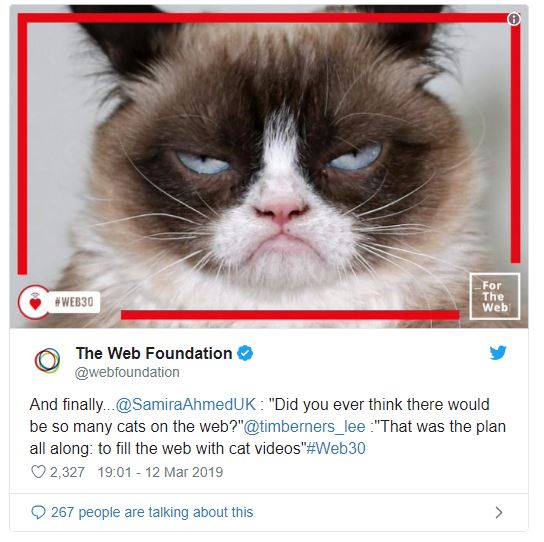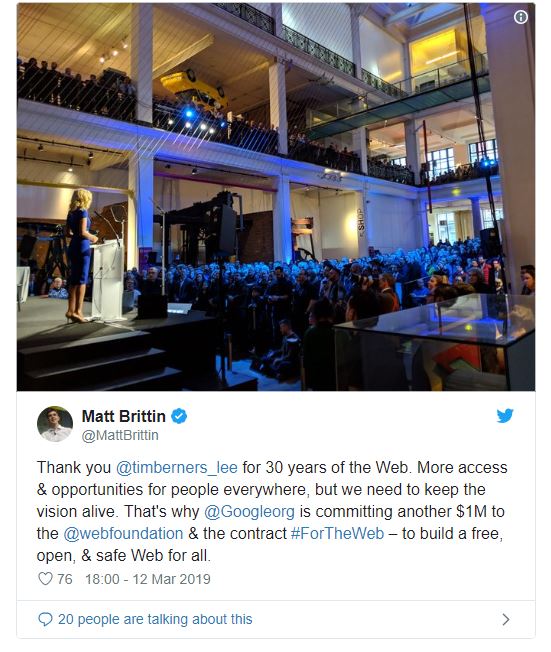Sir Tim Berners-Lee last night told a 1,500 strong audience at the Science Museum that it was time for us all to get involved in the fight for the future of the web and ‘to think actively about the kind of web we want’.
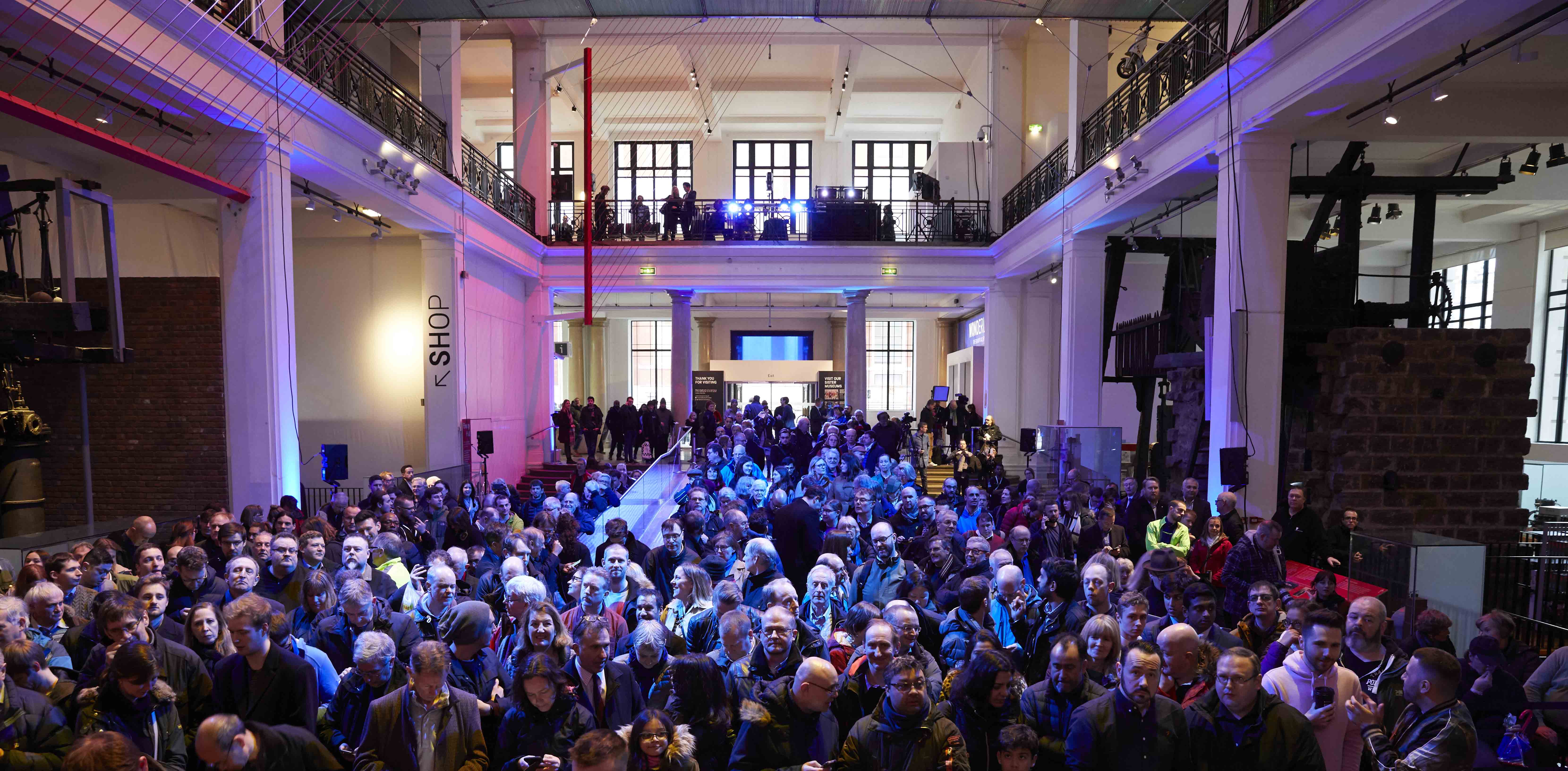
As he celebrated the global impact of the web in the 30 years since its birth, Sir Tim said urgent action was needed to prevent a dysfunctional future.
The vivid picture he painted was not of a glass half full, but of one at once overflowing with opportunities for the marginalised, yet teeming with hate and exploitation.
To find the right solutions for the future of web, he said, we had to recognise the challenges such as ‘harm that is created by people just being nasty as well as fake information… used to manipulate you’.
On a day that ended in Africa to celebrate the remarkable opportunities the global spread of the web is bringing, the web’s inventor delivered his speech in front of his famous NEXT computer that, thanks to the generosity of CERN, usually resides in the Science Museum’s Information Age Gallery.
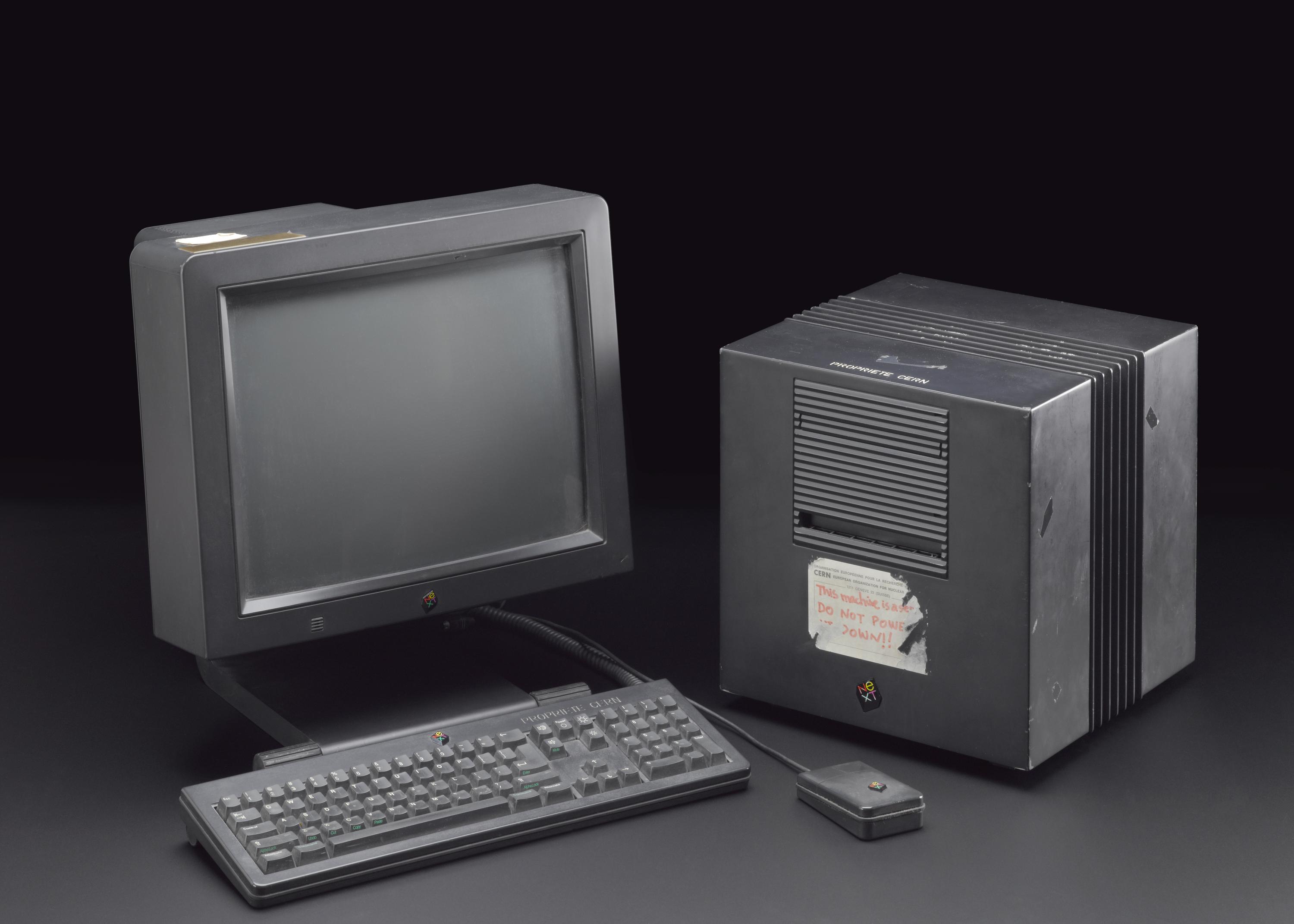
Re-calling his supervisor’s memorable ‘vague but exciting’ response to Sir Tim’s 1989 proposal for the world wide web he joked, ‘thank goodness he didn’t write “exciting but vague”’.
‘For me this is a home town gig’, declared Sir Tim as he recalled childhood visits to the Science Museum after being welcomed to the stage by the Mayor of London, Sadiq Khan.
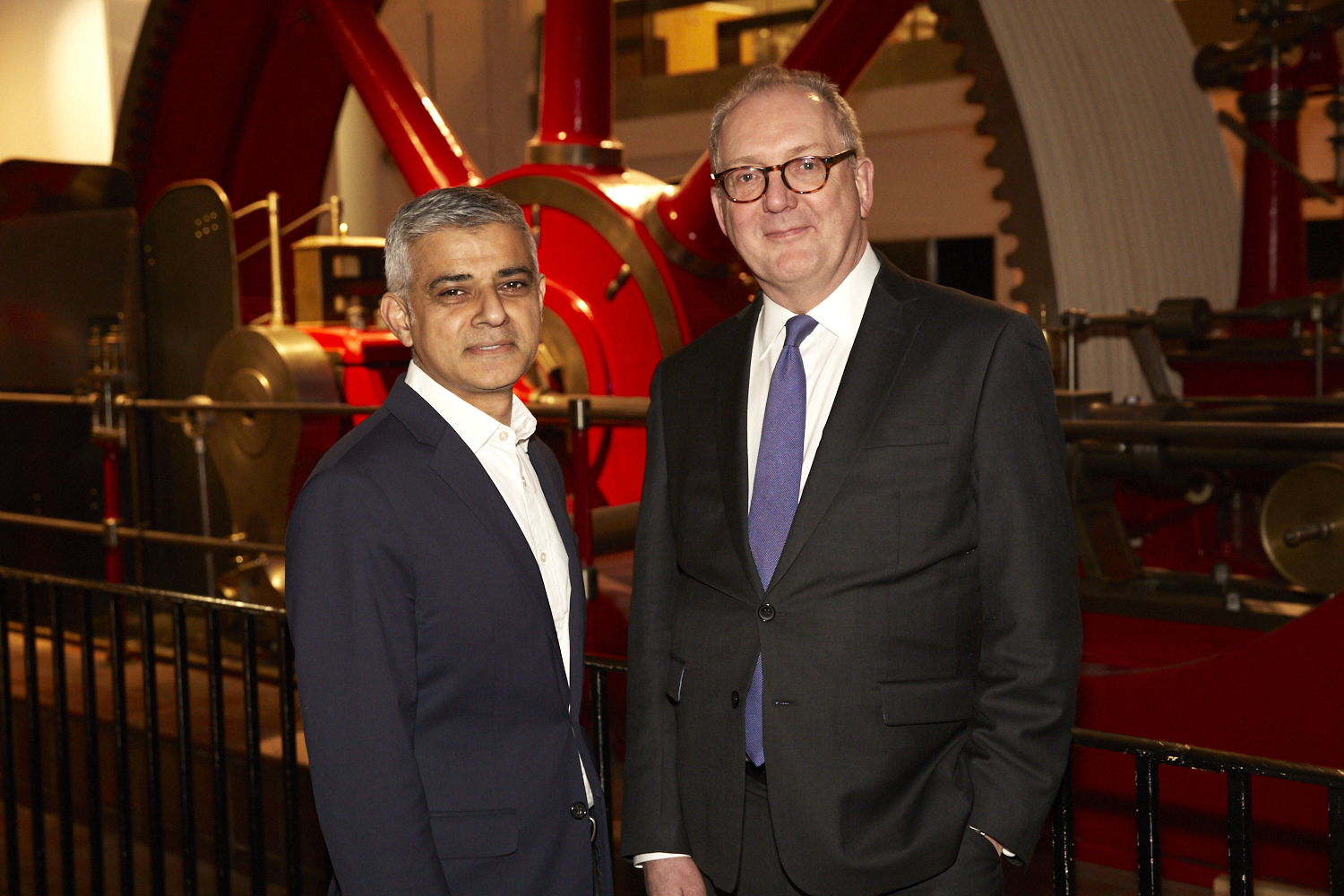
The Mayor said ‘the web has enabled us to become one of the world’s greatest tech hubs…empowering ordinary Londoners to fulfil their potential.’ He also paid tribute to Sir Tim as ‘one of the greatest, most pioneering minds of the past century’.
Sir Tim spoke of the stark digital divide in terms of quality of access to the web and the way it exaggerates existing inequalities; on average, men are 25 per cent more likely than women to have access to the web and English is the language of more than half the content on the web despite accounting for only a small proportion of spoken word across the world.
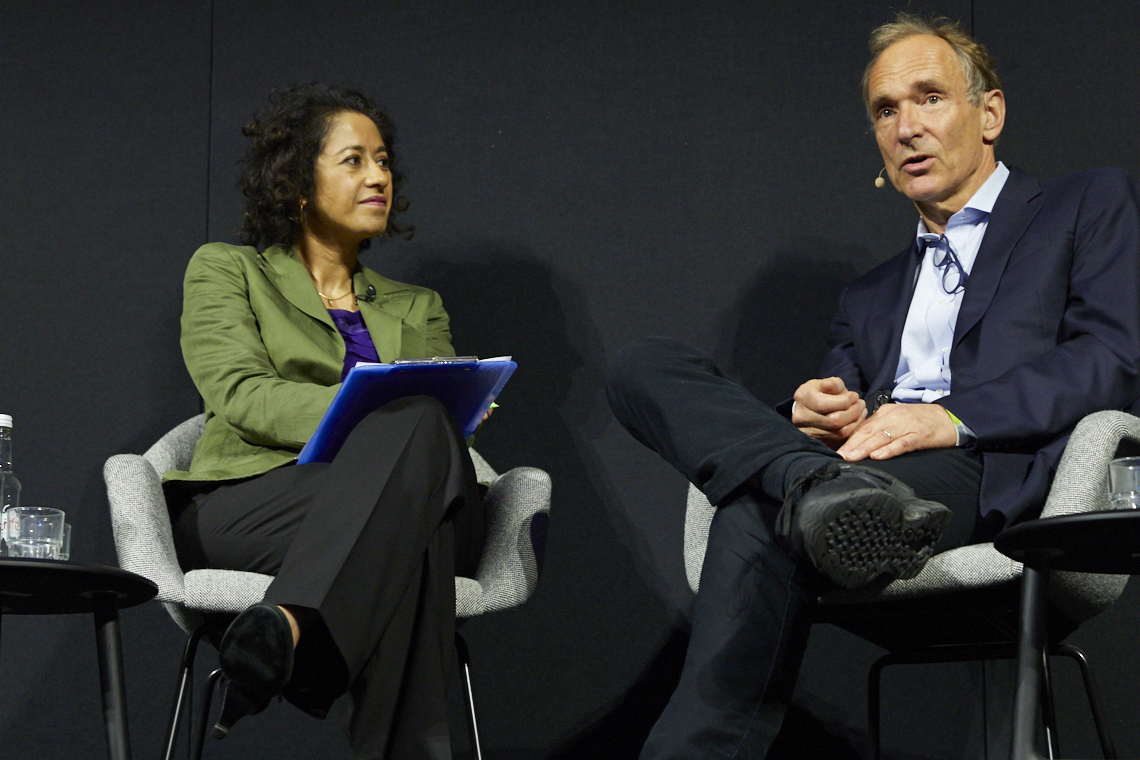
Asked by interviewer, Samira Ahmed about his favourite unintended consequences of the web, Sir Tim replied: ‘A range of things. Sometimes, people say, without the web, we wouldn’t be alive or we wouldn’t be in love.’
But at the heart of Sir Tim’s birthday message was a call to action. The Web Foundation he founded is demanding that governments, companies and citizens come together to build a new Contract for the Web and protect the future of his remarkable yet contradictory invention.
Responding to Sir Tim’s words at a reception celebrating the opening of the museum’s new supporters centre, The Smith Centre, Science Museum Director Sir Ian Blatchford spoke of our museums’ role in this global endeavour.

‘In a world where misinformation is commonplace,’ Sir Ian said, ‘we can take pride in being a trusted source of robust information both on-site and across our digital channels. And whilst they are derided elsewhere, EXPERTS are very welcome here – every new gallery and exhibition is overseen by an external advisory panel of scientists and historians.’
The five museums of the Science Museum Group would, he said, continue to offer audiences ‘respite from the polarised tone of social media’ with a varied diet of authentic and nuanced discussion.

Earlier host Rachel Riley welcomed a series of speakers onto the stage of the free, public event, including Google’s Matt Brittin, who announced £1 million funding for the Web Foundation.
Noting that ‘how are you’, ‘thank you’ and ‘I love you’ are the most common words translated via Google Translate, he insisted ‘humanity, there’s hope for us yet’.
STEMettes founder Dr Anne-Marie Imafidon spoke to host Rachel Riley about the web’s power in empowering and inspiring the scientists of tomorrow and ensuring girls get access to the same opportunities as boys.
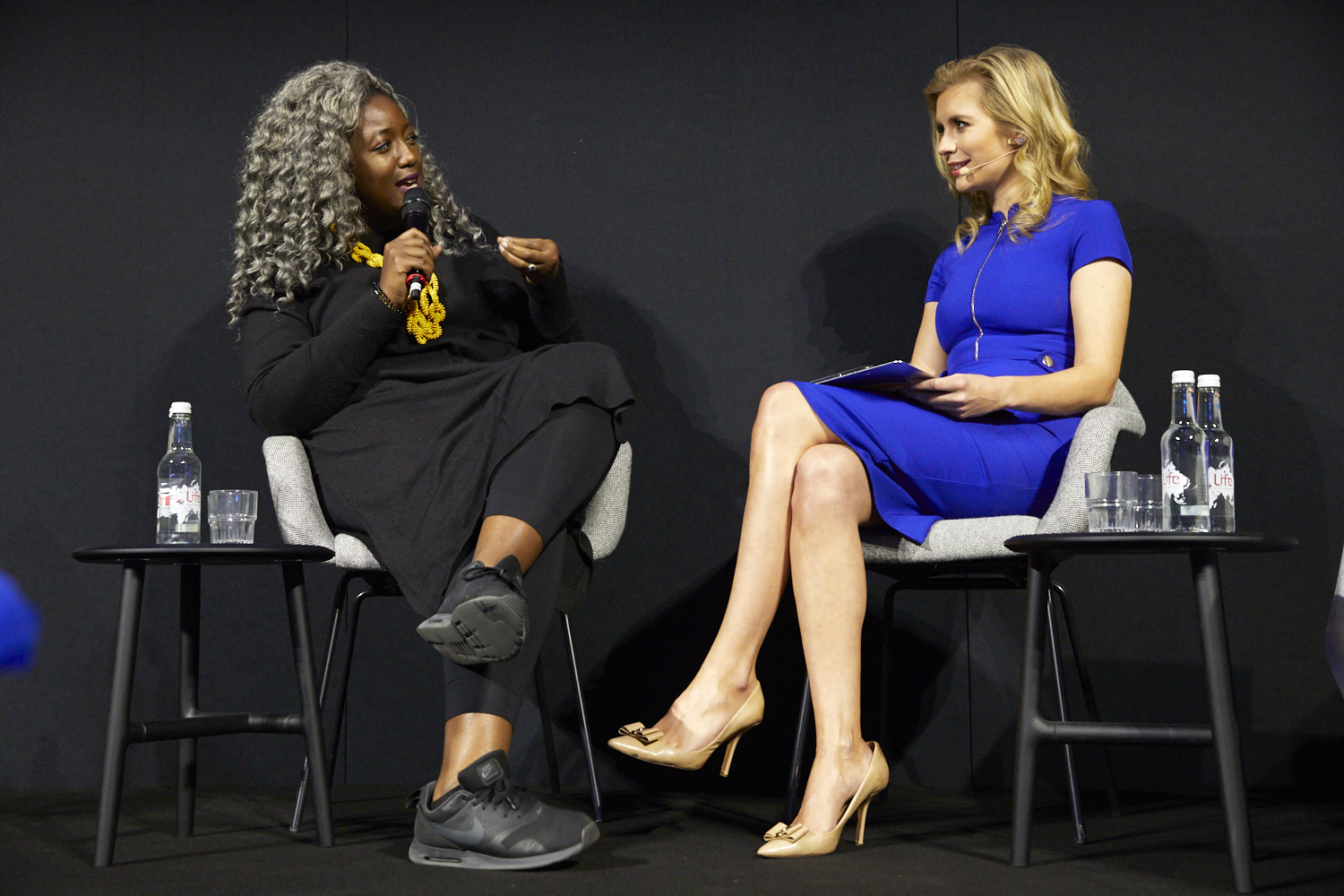
Singer-songwriter Imogen Heap described the enormous role the web played in her early music career and in the relationships she developed with her fans. ‘It felt like a home I could go to’, she said.
Roya Mahboob from the NewNow said the web was both inspiring and enabling women and girls in Afghanistan to gain education and do jobs that wouldn’t otherwise have been possible. It was, she said, a ‘magic box that changed me life and that of millions of people’.
For her colleague Taylor Wilson – who produced nuclear fusion aged 14 – the web is ‘up there with the invention of the wheel, the invention of the printing press’.
It was in recognition of the scale of Sir Tim’s achievement that Science Museum Group Chairman, Dame Mary Archer, invited Sir Tim to accept a Science Museum Fellowship, at the closing reception where Lady Rosemary Berners-Lee received a rousing response from guests including Wikipedia founder Jimmy Wales, Royal Society President Sir Venki Ramakrishnan, astronaut Helen Sharman and actor David Tennant for her suggestion that ‘one of the most important things we can do is to make the web more female’.
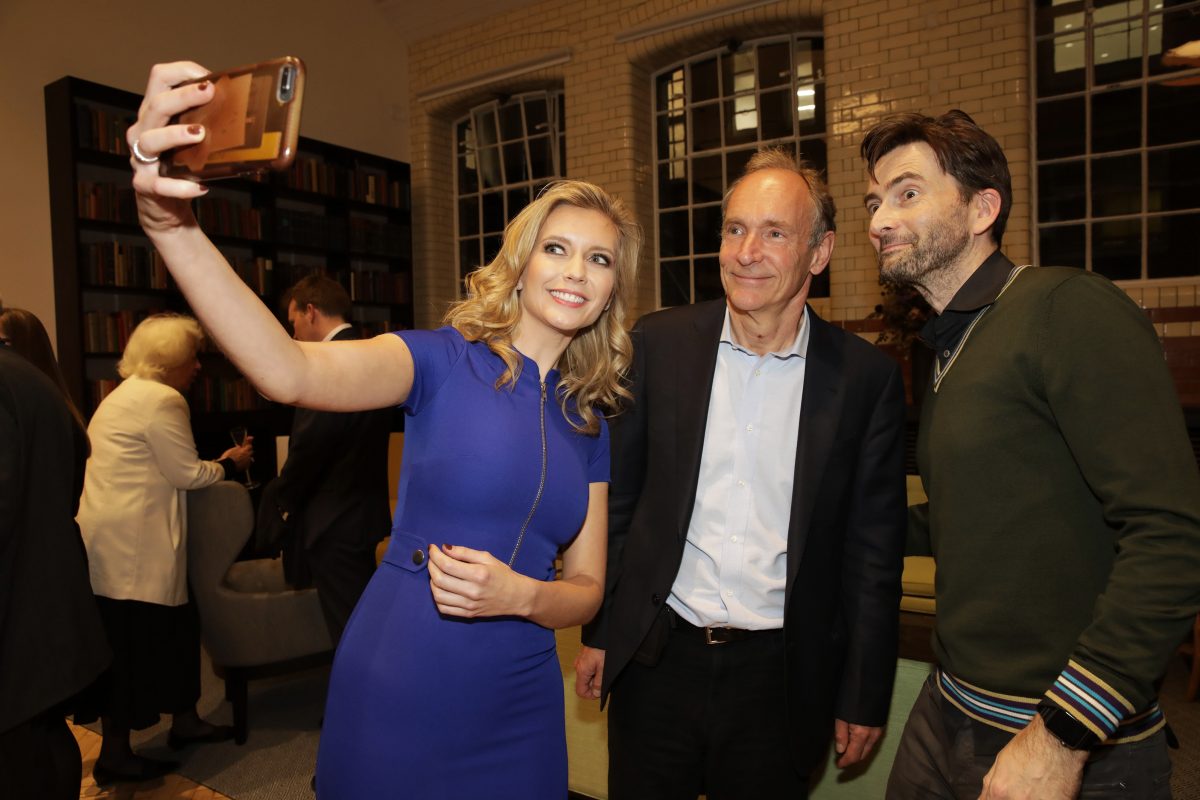
The Smith Centre was formally opened last week by Her Majesty The Queen who marked her visit by sending her first Instagram post from in front of the largest painting in the Science Museum Group Collection, a Terence Cuneo painting of an electrical workshop in 1956.
The new suite of rooms replaces the original Smith Centre, the brain child of Sir Martin and Lady Smith who wanted the museum to have a centre for debates, lectures and philanthropy, which opened in 2006.
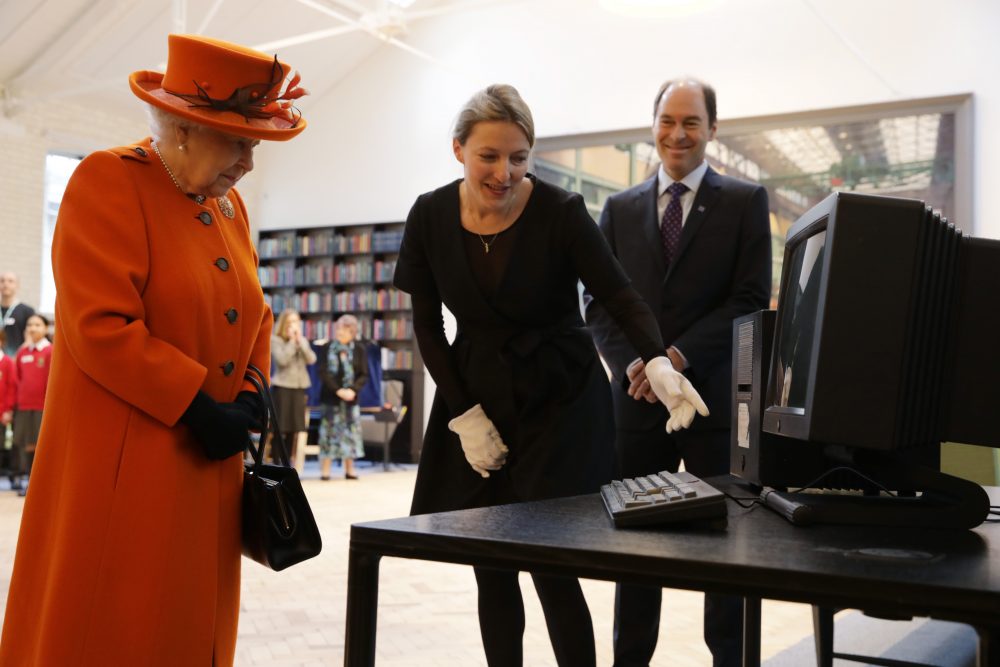
This follows the Queen’s first Tweet which was sent in 2014 from the Science Museum to launch the Information Age Gallery part of which was guest curated by Sir Tim himself.
